Western Saddle Seat Size - - What Size Do I Need?
What size of Western saddle will you need? Well, that depends. Not the answer you wanted to hear, right?
Let's explain why this seemingly simple question isn't so straightforward.
First, start with some general rules of thumb for proper western saddle fit for the rider:
* Keep in mind that Western saddle seat size refers to rider fit and has nothing to do with how the saddle fits the horse
* There should be approximately four inches between the front of your body and the fork (or swells).
* Your rump should rest on the base of the cantle, but should not be pressed against the back of the cantle.
* Some prefer a tighter fit, some looser. In general, its better to have a saddle a smidge too big than a smidge too small.
All western saddles come with a stated seat size.
Seat size simply measures the distance from the base of the horn to the top middle of the cantle. This distance is then expressed as a size in half-inch increments from 12 inches to 17 inches. The following will give you a very general idea of saddle sizes:
* Youth: 12"-13"
* Small Adult: 14"
* Average Adult: 15"
* Large Adult: 16"
* Extra Large Adult: 17"
With a published saddle seat size, choosing the right size saddle would seem to be pretty straightforward. In reality seat size is just one factor determining the fit of a western saddle. Sit in the same size of a variety of different styles and brands of saddles and you'll find significant differences in the fit. You might find that a 14 1/2" Circle Y barrel racing saddle fits well but that you need a 15" in a Dale Martin ranch saddle.
Why the differences?
There are a number of measurements in addition to seat size that impact the fit of a western saddle. These include:
* Seat Depth: Some saddles have deep seats designed to keep you in place during extreme activity and others have shallower seats to allow for more movement.
* Seat Slope: The seat angles from the handhold back towards the cantle and the slope can range from relatively flat to steep.
* Cantle Slope: The cantle can be high and straight or have a slope that is mild or steep.
* Cantle Dish: The cantle can be flat or have a recess or dish in the front side that can be an inch or more in depth.
* Fork Style: There are a wide range of fork styles that can range from wide swells to slick fork saddles with barely any swell.
* Fork Angle: Forks can be straight or angle away from the rider.
Each of these features can affect the way a saddle fits a rider. Unfortunately, none of these other measurements are standardized or published in a saddle's measurements. So, when shopping for a Western saddle, the only way to truly determine fit is to sit in each saddle. Only then will you know if the saddle is a good fit for you.
Western Saddle Guide
Whether you're just starting out with horses or a seasoned horseman, the Western Saddle Guide provides all the information you need to understand, choose, and care for the saddle that's right for you.

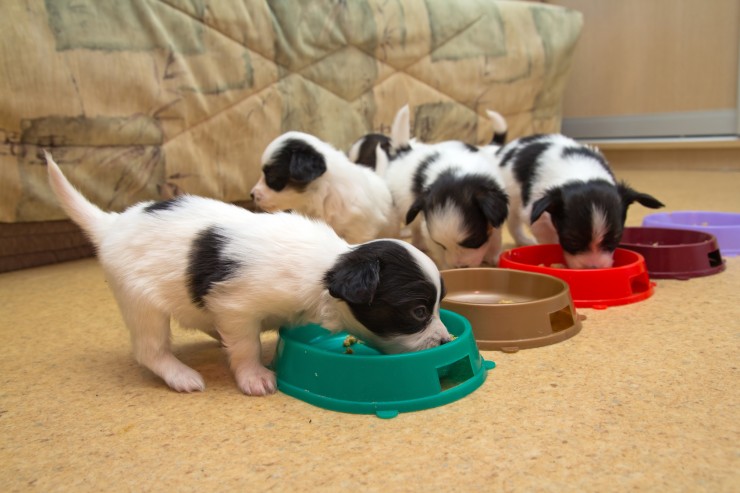 How & When To Switch Puppies To Adult Food
How & When To Switch Puppies To Adult Food
 Understanding The Difference Between Dominant Behaviour And Stubborn Behaviour In The Dog
Understanding The Difference Between Dominant Behaviour And Stubborn Behaviour In The Dog
 Progressive Retinal Atrophy (pra) In Cats
Progressive Retinal Atrophy (pra) In Cats
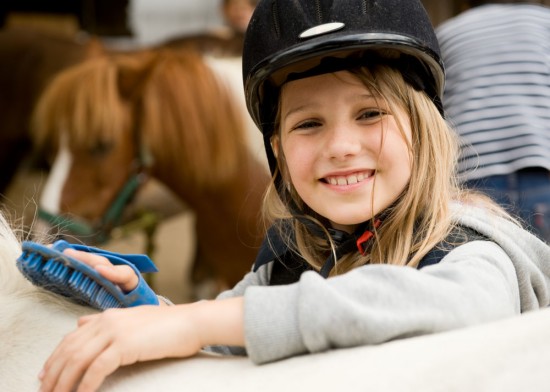 Grooming Your Pony
Grooming Your Pony
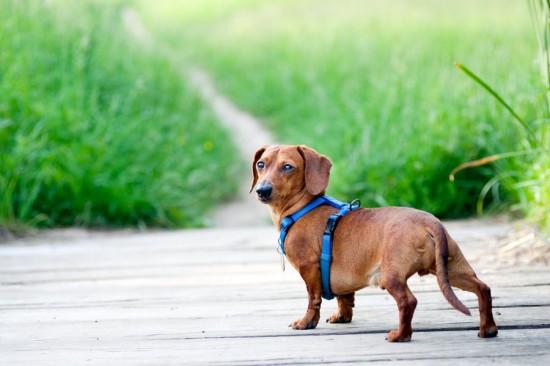 Collars, Harnesses And Leads - What Do You Need For Your Dog
Collars, Harnesses And Leads - What Do You Need For Your Dog
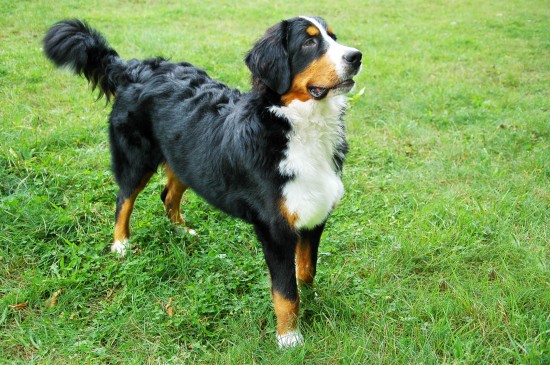 Greater Swiss Mountain Dog Hereditary Health And Longevity
Greater Swiss Mountain Dog Hereditary Health And Longevity
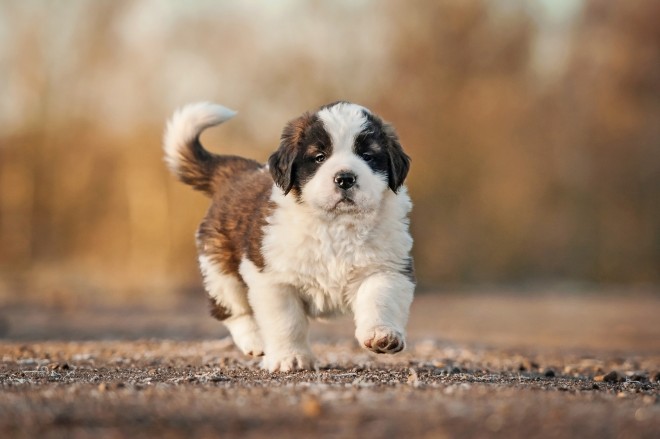 Are You Inadvertently Sabotaging Your Dog’s Recall Reliability?
Are You Inadverte
Are You Inadvertently Sabotaging Your Dog’s Recall Reliability?
Are You Inadverte
 Is The Manchester Terrier A Good Choice Of Pet?
Is The Manchester
Is The Manchester Terrier A Good Choice Of Pet?
Is The Manchester
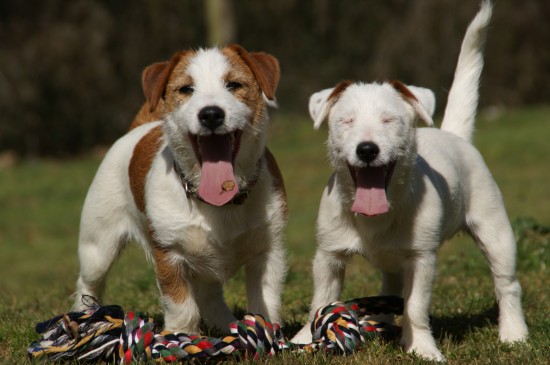 Is A Jack Russell The Right Choice Of Dog For You?
Is A Jack Russell
Is A Jack Russell The Right Choice Of Dog For You?
Is A Jack Russell
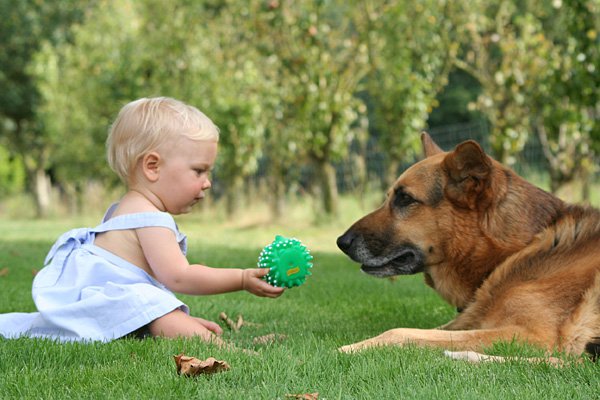 Diagnose The Symptoms Of Ulcers In Horses To Treat Them Effectively
Diagnose The Symptoms Of Ulcers In Horses To Treat Them Ef
Diagnose The Symptoms Of Ulcers In Horses To Treat Them Effectively
Diagnose The Symptoms Of Ulcers In Horses To Treat Them Ef
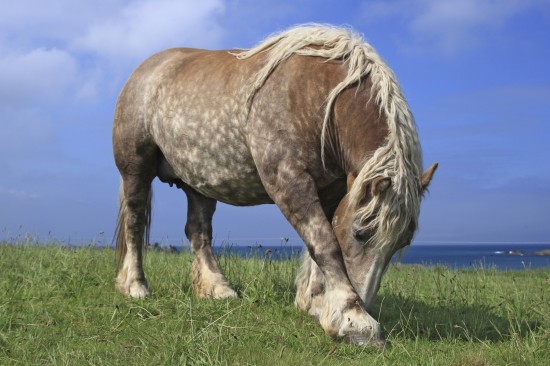 Feather Mites On Horses
Feather Mites On
Feather Mites On Horses
Feather Mites On